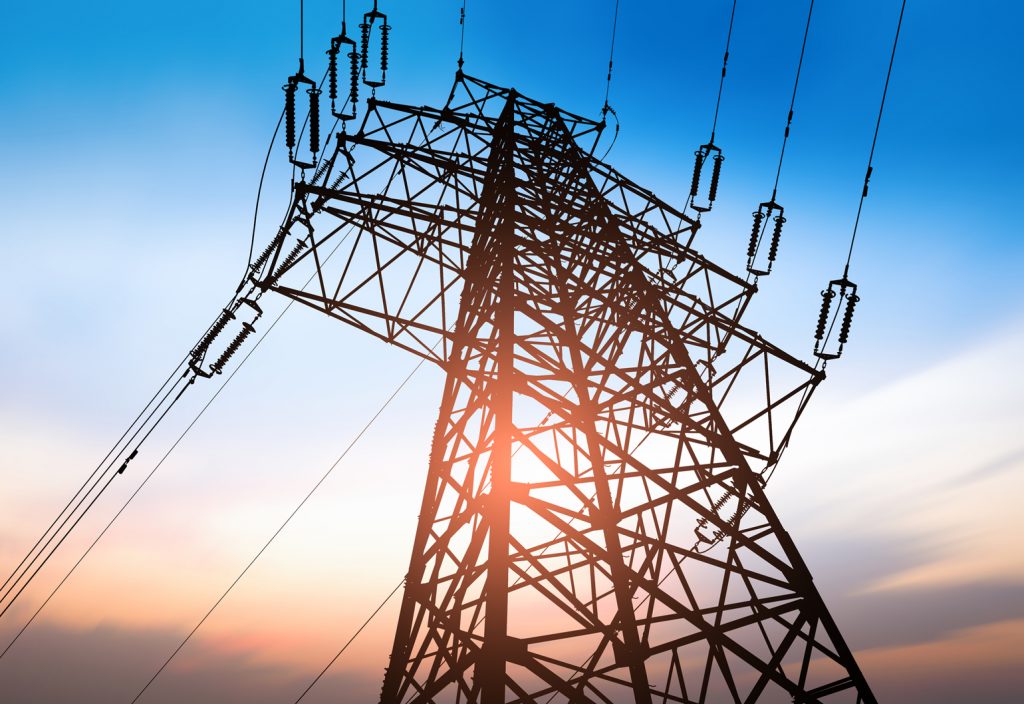Debate over emissions targets and modelling transparency have held up agreement on the National Energy Guarantee. But what does this mean for energy security and the environment?
In a meeting last week, the Council of Australian Governments (COAG) Energy Council failed to reach a firm agreement on the National Energy Guarantee (NEG) detailed design document.
Victoria and the ACT have laid out additional demands, including a requirement for emissions reduction targets to increase over time and to be set by regulation at regular intervals, and for state emissions reduction targets to be additional to the NEG.
On Tuesday, the COAG Energy Council agreed to release exposure drafts of enabling state legislation for a month of public consultation, following the sign-off of Commonwealth legislation in the Coalition party room, which took place this week after a lengthy debate.
The Business Council of Australia welcomed the Coalition’s endorsement, and called on state and territory leaders to “get on with the job” of implementing the NEG by releasing the draft legislation.
However, according to Lara Harland, Deputy Chair of Engineers Australia’s Environmental College, the political debate around the National Energy Guarantee needs to do more to embrace science and the facts.
“Unfortunately, we see no sign of this occurring yet,” she told create.
The Chair of Engineers Australia’s Electrical College, Mark Lendich, agreed.
“It’s a political game – it has nothing to do with engineering,” he said.
Support uncertain
Members on all sides of federal politics have recently spoken out against the NEG.
According to Greens MP Adam Bandt, there is a lack of transparency on the modelling on cost reductions, estimated at $550 a year for the average power bill. He claims that Turnbull’s modelling contains “outlandish assumptions” that the Victorian and Queensland Renewable Energy Targets – as well as Tasmania’s ‘battery of the nation’ – will be scrapped.
Following a Senate order to release the modelling, the government released a single Excel spreadsheet, Bandt revealed on Twitter. Lendich said Engineers Australia supports full transparency on the modelling behind the NEG.
Former Prime Minister Tony Abbott continued his outspoken opposition to the NEG, along with other Coalition members who support continued coal-fired generation.
“Government policy should be about getting prices down, it shouldn’t be obsessing about emissions,” Abbott said.
The Australian Competition and Consumer Commission (ACCC) has released a report with 56 recommendations to reduce price pressures in the electricity market. According to Senate leader Mathias Cormann, the government is “accelerating consideration” of how some of these recommendations can be incorporated into the NEG, including government underwriting of future power generation.
According to Fairfax media, ACCC chair Rod Sims told the Nationals party room on Monday that this recommendation was intended to be technology neutral. However, Queensland MP Scott Buchholz emerged from the briefing confident it would keep coal power in the mix for longer.
“You will see existing coal-fired power stations, with this guarantee subscription, then start investing money in upgrading and taking advantage of more efficient coal-fired power,” he said.
But on the other side of politics, Shadow Minister for Climate Change and Energy Mark Butler claims the government’s modelling confirms that new coal-fired generation would be vastly more expensive than renewables, and Australian business has deemed new coal-fired power “uninvestable”.
Environmental cost
The Smart Energy Council called the NEG’s 26 per cent emissions reduction target “pathetic” and criticised the government’s failure to develop reduction targets for other sectors.
“The Turnbull Government has effectively walked away from the Paris Climate Change Agreement,” said Chief Executive John Grimes in a statement.
A failure to implement higher emissions targets in the NEG could result in serious global consequences, according to Harland. Recent research demonstrates a global rise in temperature of approximately 2ºC above pre-industrial levels will result in a tipping point where the Earth will get too hot for human survival.
If all Paris agreements are kept, emissions are still likely to produce a worldwide temperature rise of around 3ºC, Harland said.
“It is not disputed that the easiest method of reducing carbon emissions is via the electricity sector. For instance, transport, especially flying, is much harder. The sensible approach would be to reduce carbon emissions by the easiest methods first,” she added.
Lendich agreed that if the energy sector doesn’t do some of the heavy lifting on reducing emissions, it will be shifted to other sectors.
Electrical energy security
According to Lendich, Engineers Australia supports the NEG because it should provide better security for the electrical grid and more investment security in future. However, he stated that a lot of work to keep the lights on is going on outside the NEG.
If the NEG is not passed, Lendich said “life would go on” for the security of the grid in the short term, but a lack of policy certainty will affect investment in the longer term.
“I don’t think it is going to lead to any short-term problems, but what is the long-term picture here?” he said.
